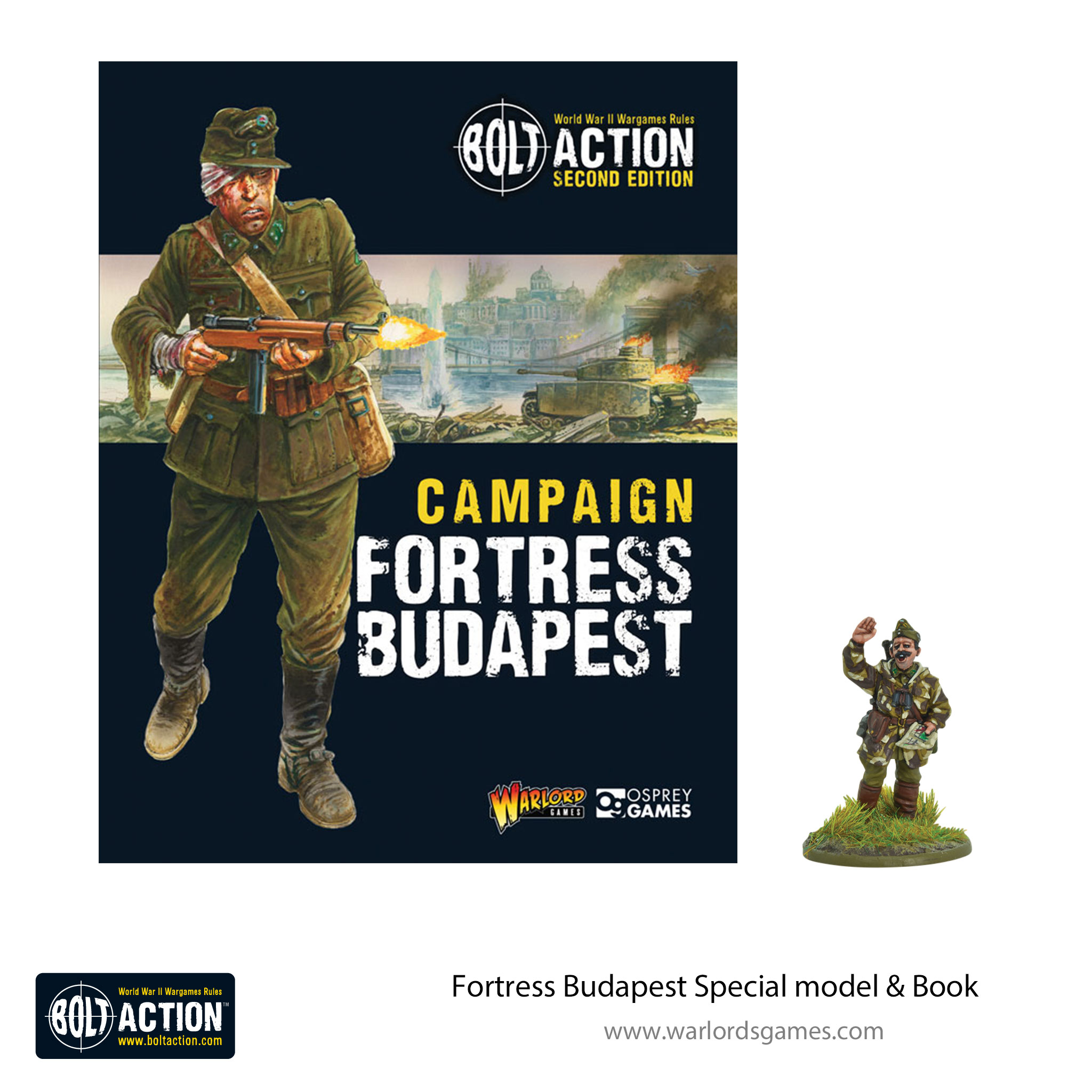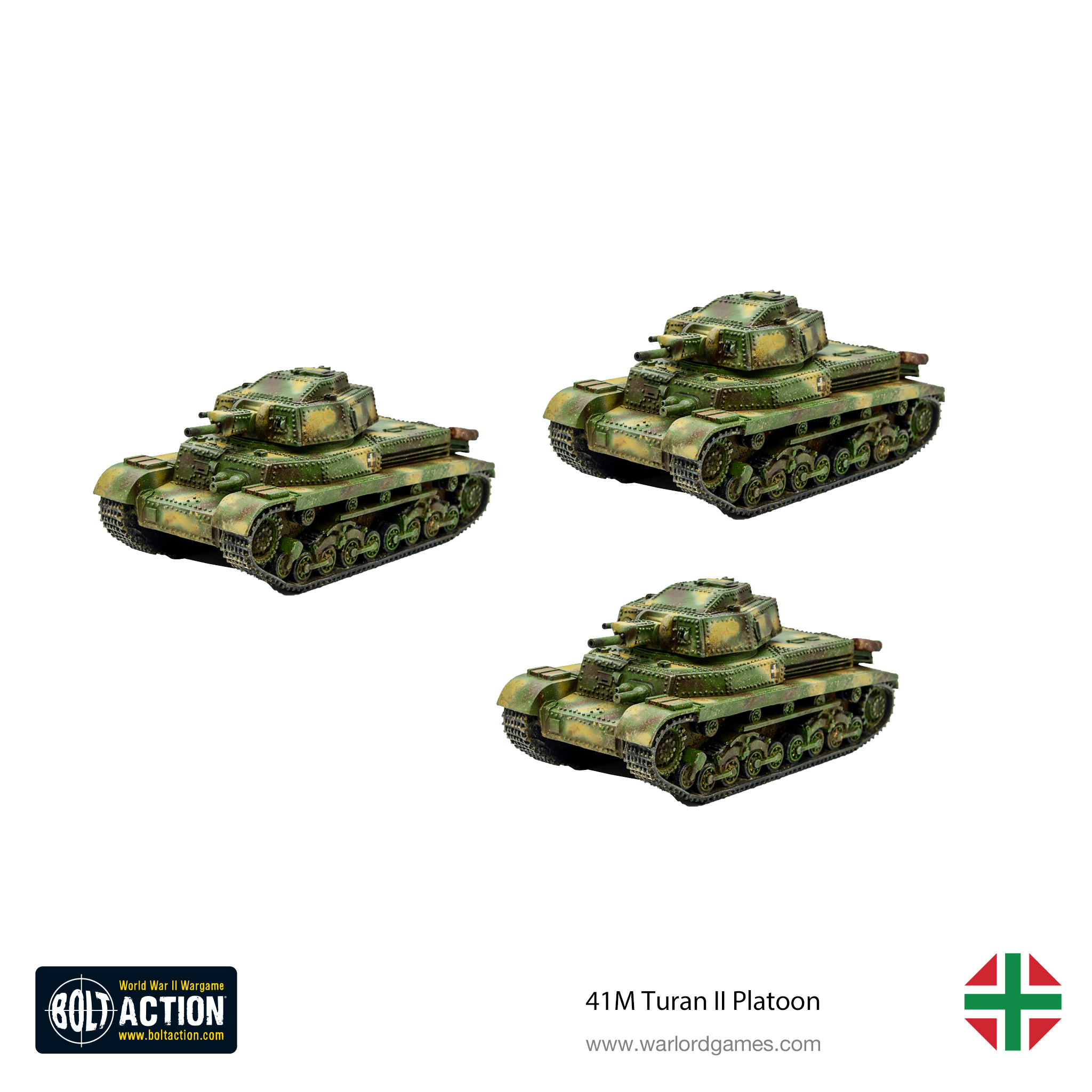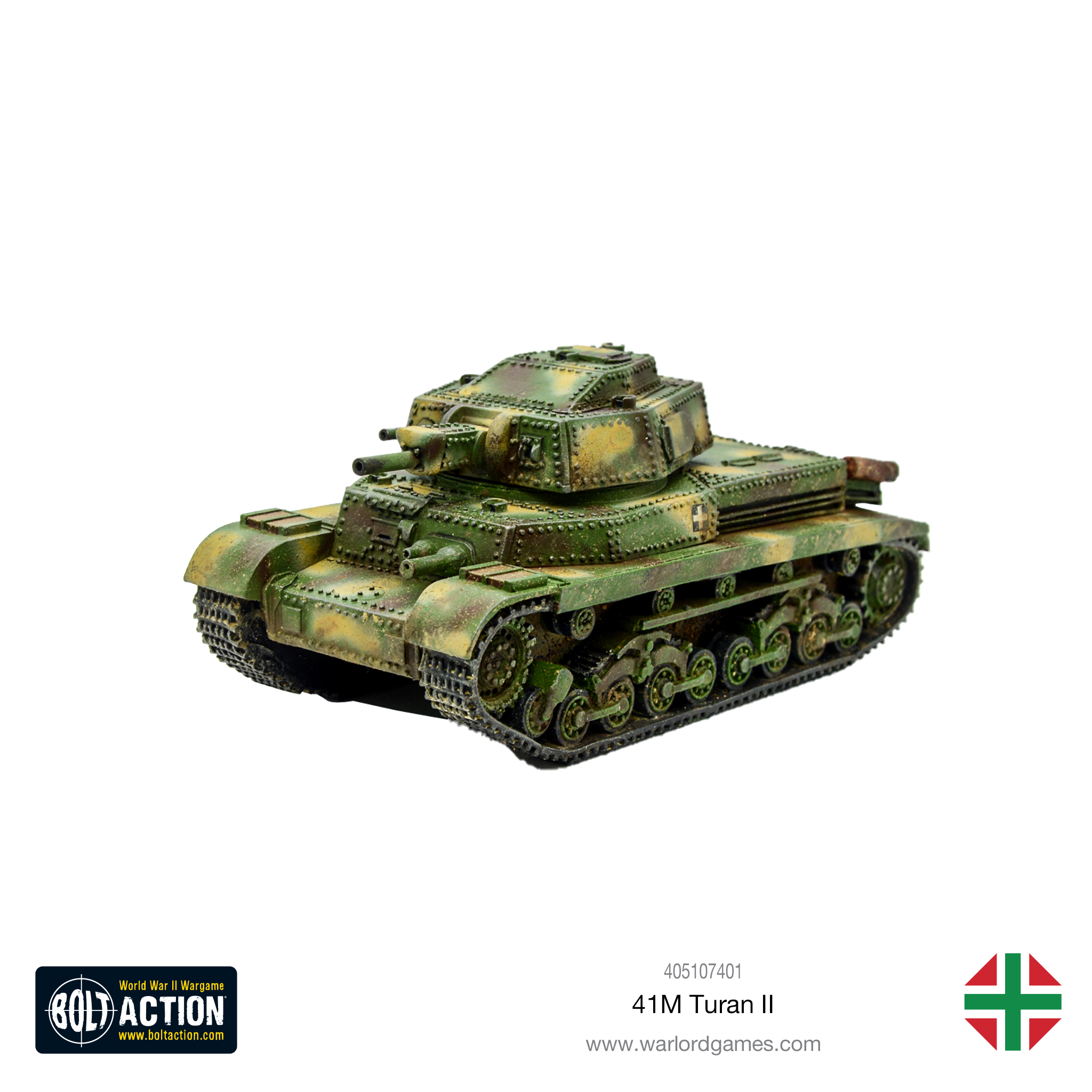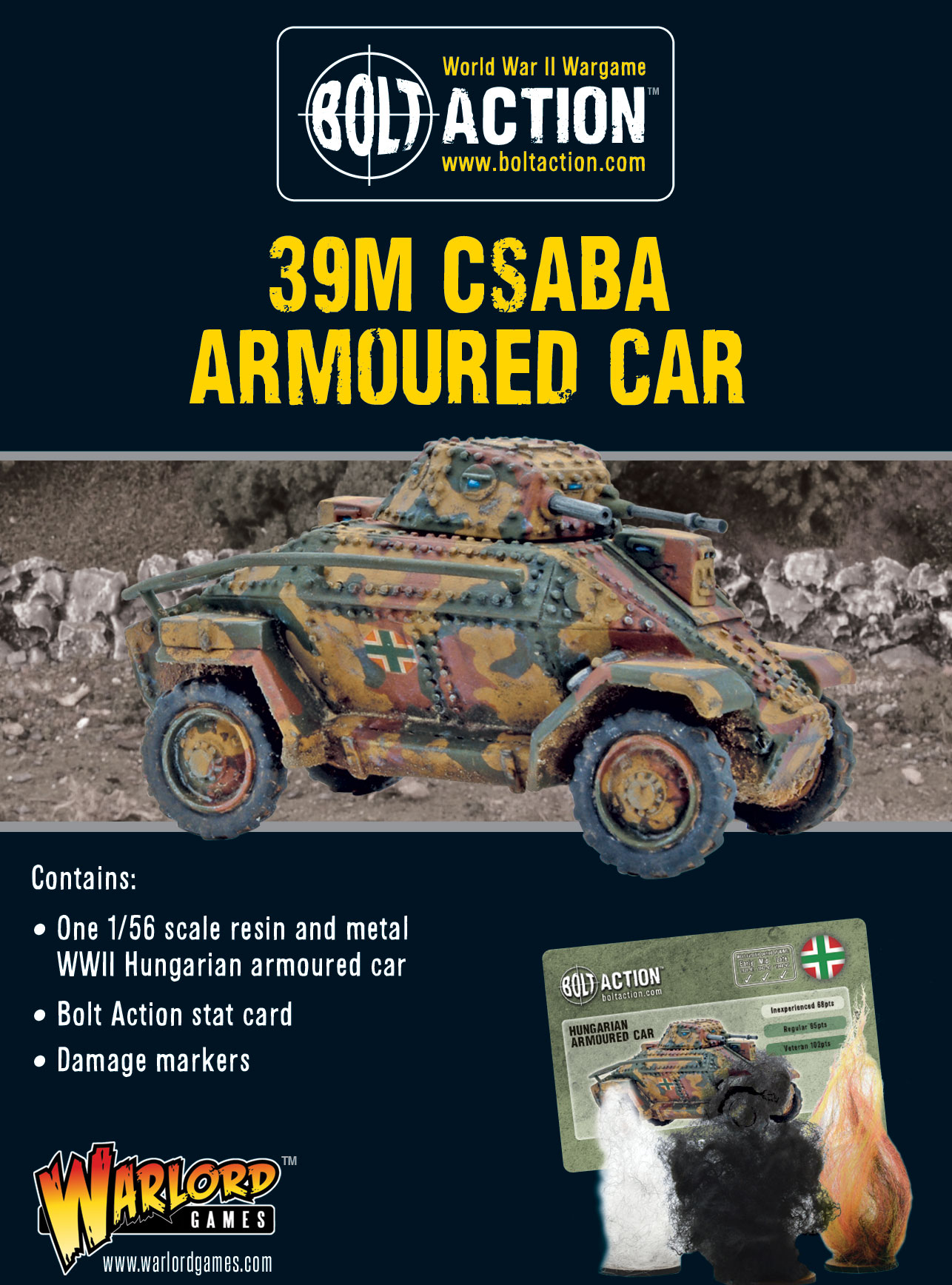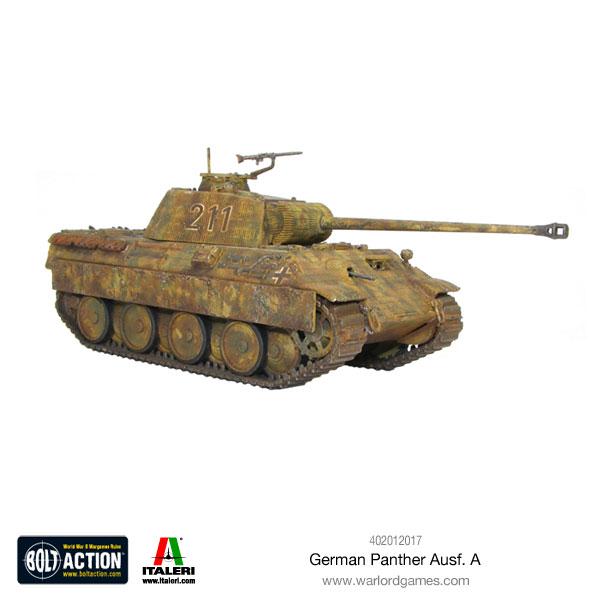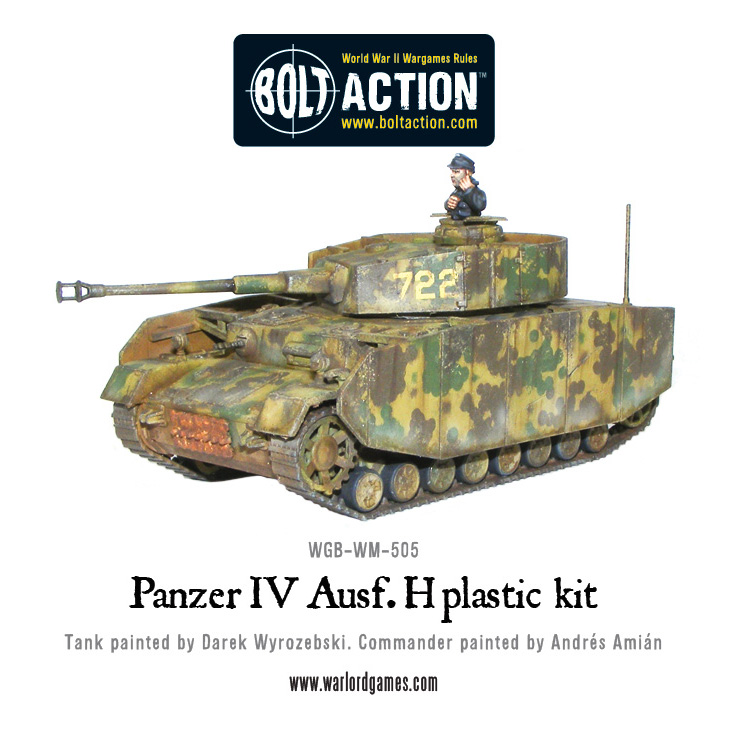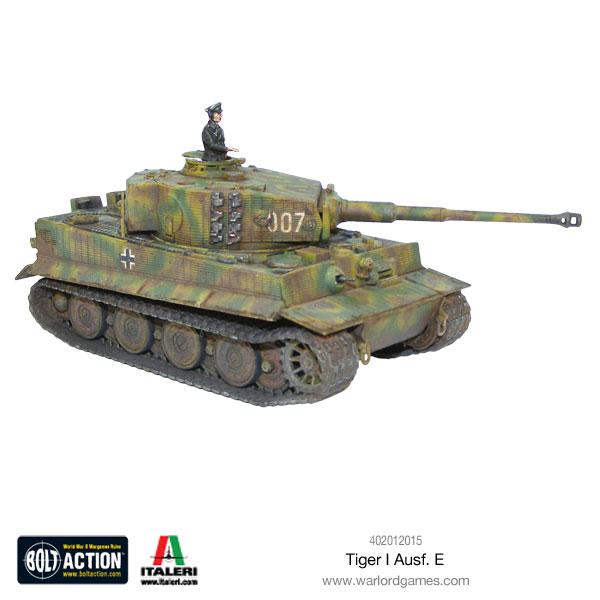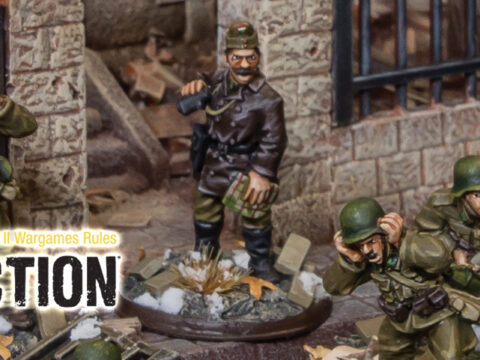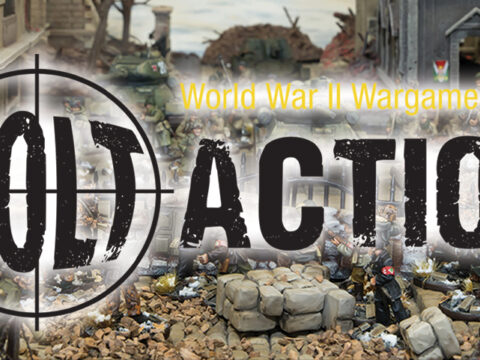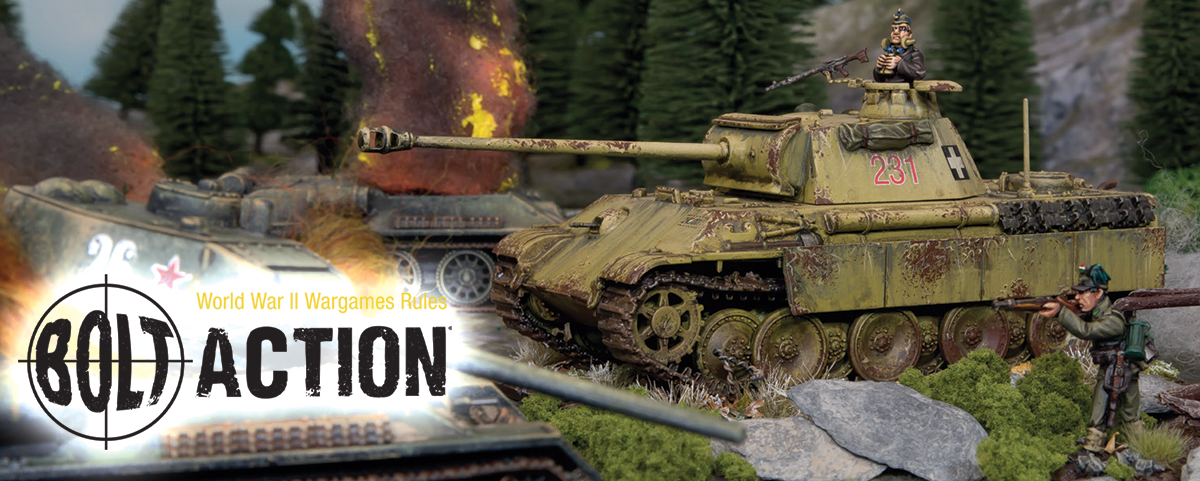
Hungary was unique among Germany’s eastern front allies in that it possessed a large enough industrial base to produce its own natively designed armoured fighting vehicles. First deploying a Rapid Corps of light Toldi tanks and Csaba armoured cars in the initial invasion of the Soviet Union in 1941, this armoured unit was wiped out at Stalingrad and three new Armoured Field Divisions were raised to replace it in 1943. Following the Huba III plan, the 1st and 2nd Armoured Divisions and 1st Cavalry Division all followed the same structure. Each had a reconnaissance battalion, two tank battalions (each with two heavy and two medium tank companies), three motorised infantry battalions, one anti-tank artillery battalion and an engineer battalion. The reconnaissance troops were equipped with Csaba armoured cars, and Nimrod self-propelled anti-aircraft artillery served in this role and also as tank hunters. The medium tank companies were made up of the Hungarian Turán I tank and heavy companies comprised of Turán II tanks with their larger 75mm guns. All three divisions were heavily engaged in the battles to defend the Kingdom of Hungary from the Soviet offensives of 1944, and all drew upon their nation’s Huszár traditions of light cavalry daring to make up for deficiencies in tank design.
The 1st Armoured Division was made up entirely of Hungarian built vehicles and first saw combat at Arad, where it attempted to hold the Transylvanian border. After this, in cooperation with the German panzers, the men and machines of the 1st Armoured Division fought on the Hungarian plain around Debrecen to secure the line on the Tisza River. Most of the division was destroyed in heavy fighting north of Budapest over the winter of 1944–45.
The 2nd Armoured Division was initially equipped with both Turán I and II tanks but heavy fighting in the Ukraine in the summer of 1944 led to the unit’s losses being replaced with mostly German tanks. This division received Panzer IV, Sturmgeschütz III, and even Panther and Tiger I Ausf. E heavy tanks. Turning south, this division fought in the battle of Tordá, where it helped the Hungarian 2nd Army fight the Red Army and Romanians to standstill for a month in September 1944.
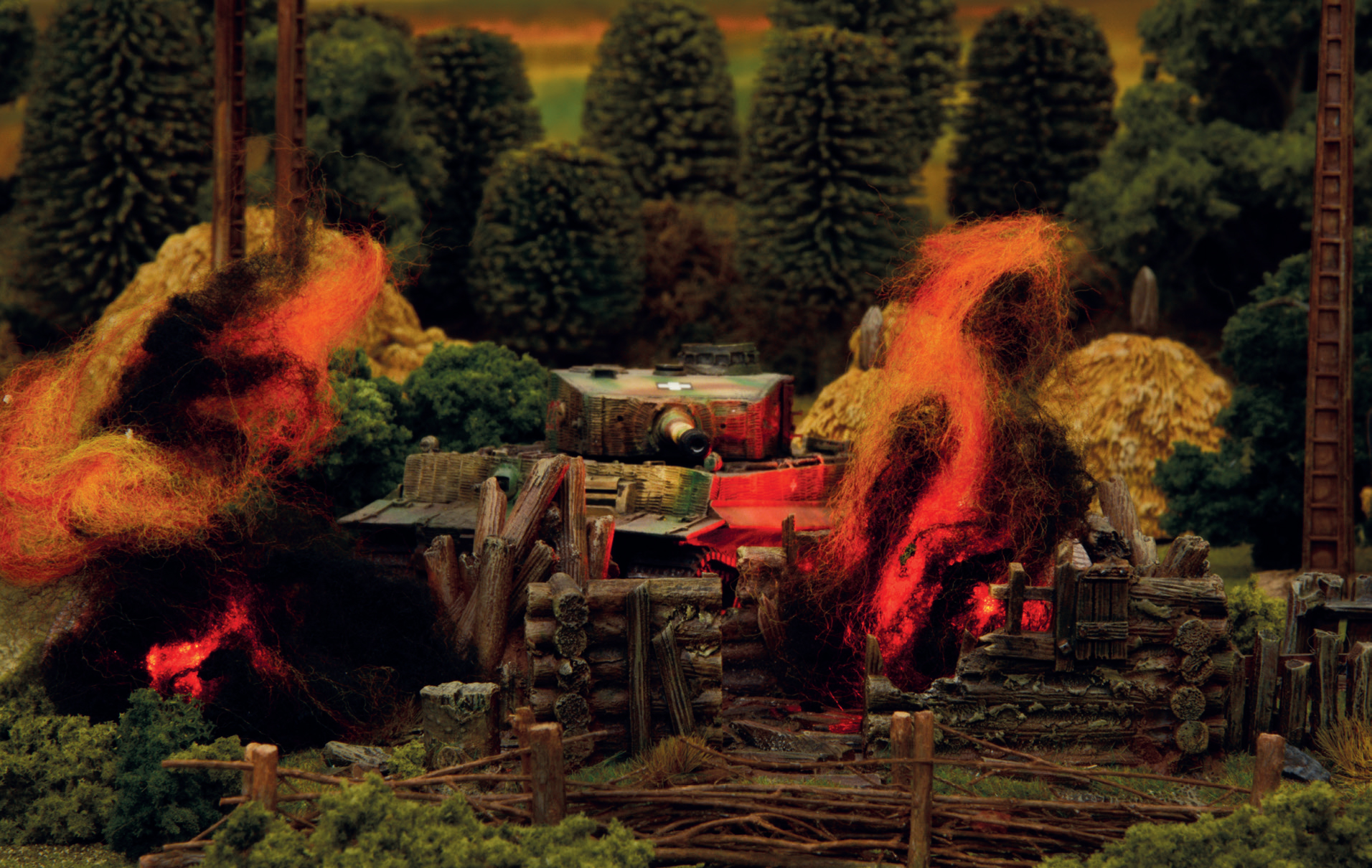
The 1st Cavalry Division was mobilised in April 1944 under pressure from the Germans and sent north into the path of Soviet Operation Bagration, where it found itself filling gaps on the rapidly disintegrating German line in eastern Poland. This elite division refused orders to fight against the uprising in Warsaw, its commander, General Mihaly vitéz Ibranyi, sighting the long-standing friendship between the Polish and Hungarian peoples. Despite this, the cavalrymen were mentioned many times in German despatches for their fighting spirit against the Soviets, and praised by Guderian himself. On 23 September the now renamed 1st Huszár Division returned to Budapest to aid in its defence. The remnants of 2nd Armoured Division were also caught in the encircled capital and acted as a mobile reserve within the siege ring before surrendering with the city on 13 February 1945.
Fortress Budapest
The Hungarian Armoured Division Armoured Platoon Theatre selector can be found on pages 146-147 of Campaign Fortress Budapest, requiring a minimum of three Turán or Turán II tanks in any combination. You can then add a wealth of additional armoured units such as additional Turans, Panthers, Panzer IVs, Tiger Is or Hetzers. To make your force a little more flexible for differing Bolt Action scenarios, however, you may want to consider up to three infantry units (but remember they must have their own transport!). The benefit for choosing this theatre selector is the Pride of the Magyar special rule, allowing all initially deployed tanks and armoured cars in the platoon to make an advance move before the game starts, and also incurs a positive modifier on vehicles attempting to outflank.
Get Started with a Hungarian Armoured Platoon
The 40M Turán I was based on Skoda T-21 tank prototypes taken over by the Germans following the annexation of Czechoslovakia. The tank featured the Hungarian 40mm A17 anti-tank gun and 50mm of frontal armour. Although comparable to many early war tanks, the Turan was outmatched by Soviet tanks such as the T35. The response was to re-fit the tank with a larger turret and 75mm gun.
Our newly released Turan II is the core that you can build your armoured division around. In fact, to make it even easier, we’ve made three available in a platoon, that will net you a significant saving against purchasing three individually.
Reinforcements
Once you’ve assembled the core of your force, consider some of the additional armoured choices available to you…

